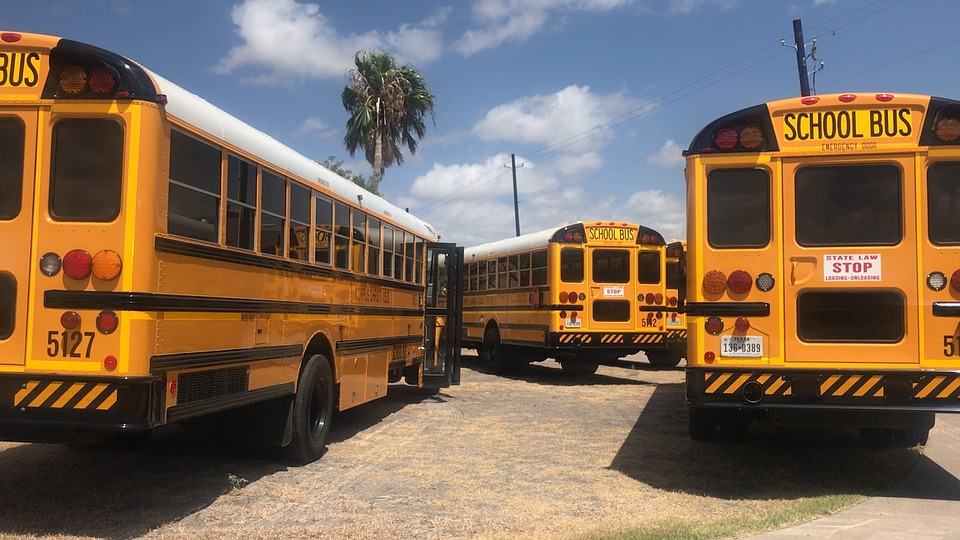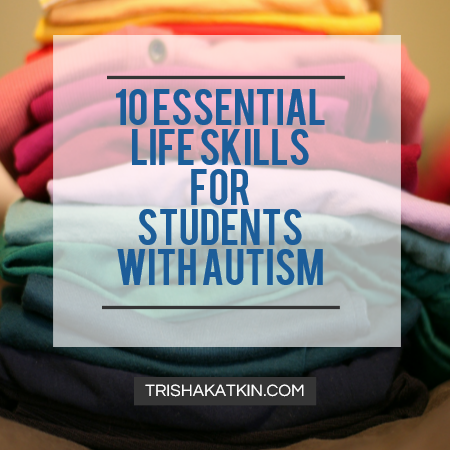
“The 2018 National Autism Indicators Report: High School Students on the Autism Spectrum” highlights the challenges facing minority youth and those from low-income households. Drexel University
Youth with autism are growing up in a world where awareness of autism and expectations for full inclusion in society are increasing. Today, one in 59 children have an autism spectrum disorder (ASD) according to the Centers for Disease Control and Prevention. Because autism spectrum disorder is a lifelong neurodevelopmental disorder and no two youth with ASD are alike, their service and support needs vary and continually change as they age.
However, there are few current national statistics about the characteristics and needs of this growing and changing population. Such statistics are needed to ensure policies and programs are appropriately matched to the evolving needs of youth on the autism spectrum. This is where the National Autism Indicators Reports by Drexel University’s A.J. Drexel Autism Institute come into play, a series that has been produced since 2015.
The recently released fourth edition, “The 2018 National Autism Indicators Report: High School Students on the Autism Spectrum,” highlights the challenges facing minority youth and those from low-income households. Autism occurs in children from all backgrounds. But the impacts of autism are not felt equally across all groups. Youth from poorer households have fewer choices for services, fewer opportunities for work experiences and generally worse outcomes across a wide range of indicators. Minority youth often face obstacles accessing needed care and experience worse outcomes in many realms.
For the 2018 report, researchers looked at national data on youth ages 12-23 during their secondary school years.
Most notably, nearly half of teens on the autism spectrum live in households with incomes at or below 185 percent of the federal poverty level (about $45,000 for a household of four). One in four lived in a home that received at least one form of public assistance.
“We must understand that many families parenting teens on the autism spectrum are also struggling to make ends meet while trying to navigate complex systems of care and get the help their children need,” said Paul Shattuck, PhD, program director of the Autism Institute’s Life Outcomes Program and lead author of the report. “Moving the needle to improve young adult outcomes will require us all to acknowledge that we cannot disentangle helping youth from helping families – and that families have unique needs depending on their financial status. We cannot assume that programs developed to help relatively affluent families will work for financially disadvantaged families.”
African American teens with ASD were more likely to have difficulty than their peers in several areas, including communication, self-care and adaptive behaviors and independently getting places outside of the home. Twenty to 26 percent of teens on the autism spectrum were non-white and 11-15 percent were Hispanic. By comparison, U.S. Census statistics indicate that 26 percent of all 18-year-olds were non-white in 2016 and 22 percent were Hispanic.
Shattuck’s team found that service receipt and functional abilities varied widely across individual and household demographics. However, more help is needed in the transition to young adulthood for all youth and young adults with ASD. Being prepared for a healthy transition can set the stage for years of positive development.
“Inadequate preparation during the last few years of high school can hinder success on many fronts: physical health and mental health, employment, continued education, friendships and integration into community life,” said Shattuck “Students do not always receive transition planning, or sometimes it begins too late in high school to allow for adequate preparation. Community-based help is not always available after high school and this leaves many families struggling to navigate on their own and results in too many who are failing to launch successfully into adulthood.”
The report includes information from the National Longitudinal Transition Study 2012 (NLTS-2012) – a national survey that provides a window into the lives of high school students on the autism spectrum, youth with other disabilities, and those without disabilities. It also includes the latest data on health and health care access among youth with autism from the National Survey of Children’s Health (NSCH 2016).
“This report, like the others in the series, can inform the improvement of policies and community services that support the goal of an inclusive and just society where all persons have the ability to participate in meaningful life activities,” said Jessica Rast, co-author of the report.





